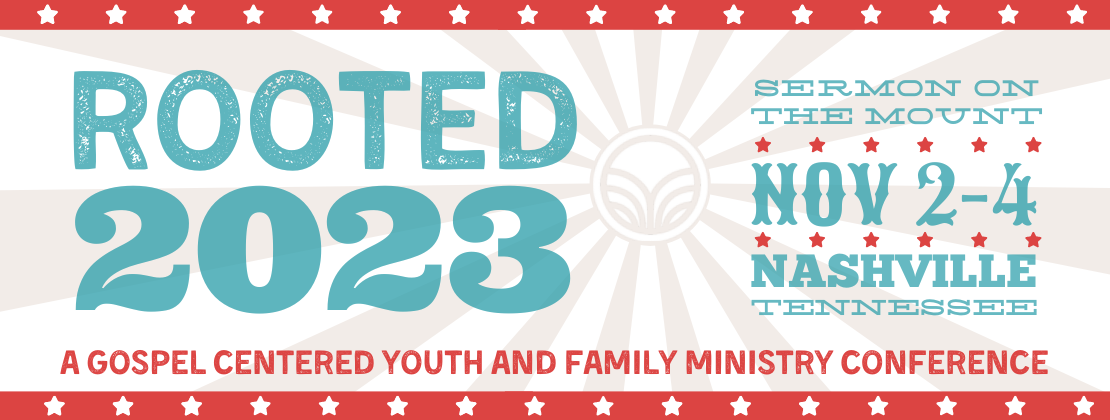Every youth worker knows the dilemma of talking about sex with teenagers. On the one hand, simply say the word and you will get most people’s attention. On the other, it’s really difficult to hold or keep that attention and gain a hearing for the deep, life-giving, biblical truths you want to teach (right?). I can think of times where I talked to students and you could hear a pin drop – and times where one misspoken word tanks a whole evening.
Last year, in an effort to gain attention and look at some cultural realities, I pulled some blunt lyrics from five gritty, popular songs on sex and had students come forward to do a solo “dramatic reading.” Honestly, my hope was the relevance of the songs and a look at the lyrics would create some discomfort that we could talk about as an entry to the Scripture that evening. But the opposite happened: everyone started singing the songs with no embarrassment! I’m not sure we ever really landed the point I wanted to teach that night. I walked away with my own discomfort: in trying to make the message sexy, did I just sell it out?
By now we know that our message and medium are intertwined – so much so that the medium becomes the message. How you say something fundamentally shapes what you say. It’s just as true for our teaching on sexuality. On Christianity Today’s website, Sarah Pulliam Bailey posts an interview with Christine Gardner, author of Making Chastity Sexy: The Rhetoric of Evangelical Abstinence Campaign. She talks about the difference between some American and African programs in terms of both what they call students to and how they appeal to them. In the short interview (I want to order the book), Gardner seems fair, critical, and points in some promising directions. Read it!
She ends with this zinger:
“I wonder if a more richly theological under-girding to some of the programs could help lengthen those commitments. When the going gets rough, and there is no marriage partner on the horizon, and the abstinence pledge starts to grow cold and stale, what is going to be there for them? I hope that it’s something more than a funny skit, a dramatic rock song, or a winsome testimony from a cute guy. I hope there is something deeper from God’s Word that’s going to stay with them.”
Please God, let it be so. And let’s each of us go back and think hard about both what we say and how we say it. Before you teach on sex again, may I encourage you to stop, read these questions, and then jot down some of your own responses?
Have you ever used “sexy” to sell your teaching on sex? Where? Why?
What is our primary motivation to get students to consider a chaste and abstinent life?
What’s the difference between calling students to abstinence or to chastity?
What kind of life or experience are we promising down the road?
Where has “individualism and self-gratification” crept into our teaching about sex?
Have you ever used an abstinence pledge or purity ring in teaching about sex (or been to an event that does)? What role does the pledge or ring play? What gets communicated to students who break their pledge or go against the symbol of the ring?
The interviewer suggests that abstinence must be part of a larger endeavor, and Gardner calls that living out a bodily commitment to “become like Christ.” How do you situate your teaching like sex in this larger call and context?
After reading this article, what is one way you want to re-evaluate your teaching on sex or one significant change you need to make in the message or the medium?










